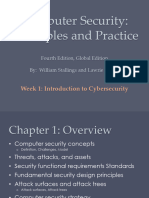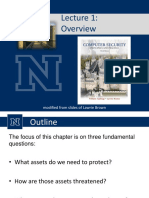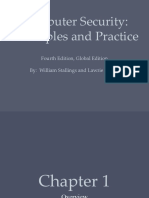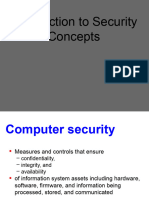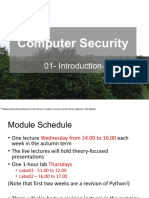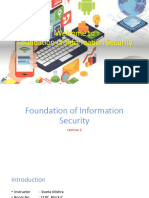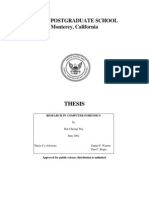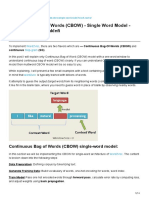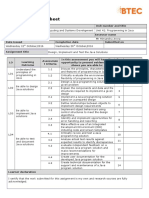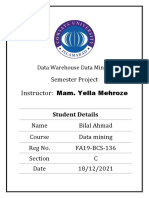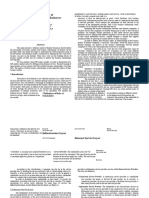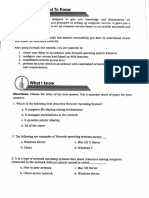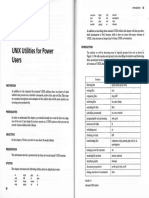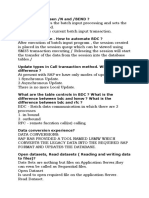0% found this document useful (0 votes)
61 views64 pagesHandout 1 - Introduction
This document discusses key concepts in computer security including an introduction course, security terminology, the CIA triad of confidentiality, integrity and availability, and security principles.
Uploaded by
hordes-decker0gCopyright
© © All Rights Reserved
We take content rights seriously. If you suspect this is your content, claim it here.
Available Formats
Download as PDF, TXT or read online on Scribd
0% found this document useful (0 votes)
61 views64 pagesHandout 1 - Introduction
This document discusses key concepts in computer security including an introduction course, security terminology, the CIA triad of confidentiality, integrity and availability, and security principles.
Uploaded by
hordes-decker0gCopyright
© © All Rights Reserved
We take content rights seriously. If you suspect this is your content, claim it here.
Available Formats
Download as PDF, TXT or read online on Scribd
/ 64



